Dexcom CEO on G7’s global launch, COVID-19 slowing new patient adds, international growth was reported by Ricky Zipp for MedTechDive.com, 18 January 2022.
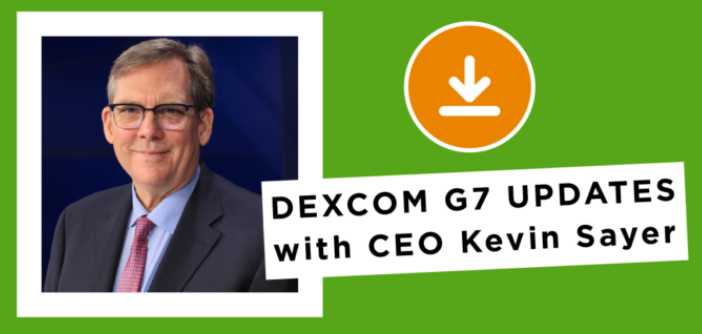 After proving fairly resilient throughout the last two years, even as other medtechs were hit by the pandemic, Dexcom may have felt its first pandemic-pressured quarter. Although, the continuous glucose monitor maker still met expectations. In the fourth quarter, Dexcom expects revenue of approximately $698 million, about 23% growth over the prior year’s quarter, according to the company’s pre-announcement last week. For the full year, revenue is expected to jump year over year by more than 27% to nearly $2.5 billion. While the fourth-quarter results were in line with Dexcom’s guidance and Wall Street’s expectations, the results did not beat the marks by as much as the company has in the past.
After proving fairly resilient throughout the last two years, even as other medtechs were hit by the pandemic, Dexcom may have felt its first pandemic-pressured quarter. Although, the continuous glucose monitor maker still met expectations. In the fourth quarter, Dexcom expects revenue of approximately $698 million, about 23% growth over the prior year’s quarter, according to the company’s pre-announcement last week. For the full year, revenue is expected to jump year over year by more than 27% to nearly $2.5 billion. While the fourth-quarter results were in line with Dexcom’s guidance and Wall Street’s expectations, the results did not beat the marks by as much as the company has in the past.
CEO Kevin Sayer told MedTech Dive that the combination of the delta and omicron variants slowed new patient additions in the fourth quarter, something that was also felt a bit in the third quarter. Sayer added that due to Dexcom’s strategic shift to distributing more devices through pharmacies rather than the durable medical equipment channel, there was also not the bump in sales traditionally seen in the fourth quarter.
“Everybody’s used to us beating everything all the time, and we didn’t. So, when you don’t beat everything all the time, everybody asks the question, ‘Is something wrong?'” Sayer said. “Nothing’s wrong. That’s just the way it was.”
After expecting a CE mark for the G7 system in 2021, Sayer said that Dexcom is now “very far down the path as far as getting European approval, and we hope to get that relatively soon.” Furthermore, the company has officially submitted data for review to the FDA, meaning that a U.S. approval could also come in 2022.
Read more: Dexcom CEO on G7’s global launch, COVID-19 slowing new patient adds, international growth
Tandem CEO on Omnipod 5 competition, pharmacy distribution, Type 2 growth was reported by Ricky Zipp for MedTechDive.com, 20 January 2022.
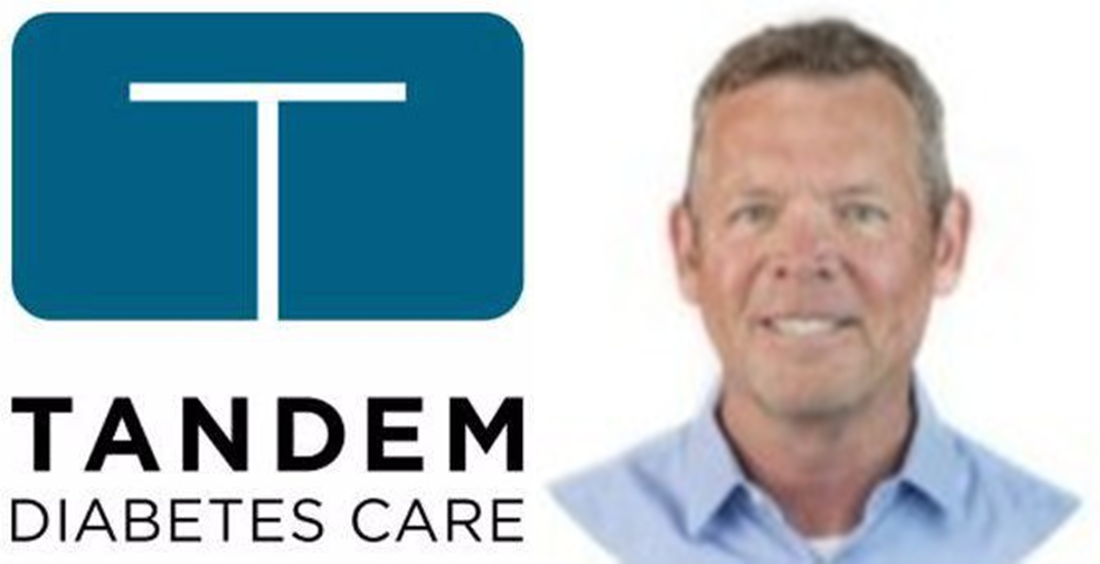 In December, Tandem Diabetes Care outlined a plan to grow to 1 million users by 2027. The increase will be fueled by further adoption of insulin pumps as well as a series of products the company plans to launch over the next five years.
In December, Tandem Diabetes Care outlined a plan to grow to 1 million users by 2027. The increase will be fueled by further adoption of insulin pumps as well as a series of products the company plans to launch over the next five years.
The plan comes as competition in the insulin pump space heats up, with diabetes technology use growing overall and companies looking to gain share and remain at the top of the market.
Tandem will face increased competition with Insulet’s launch of the much-anticipated Omnipod 5 pump. Although, Insulet’s pump was delayed throughout all of 2021 and is now expected to be launched in the first quarter of this year.
“We’re planning to get to 1 million patients using our technology by 2027. When you look at that number, there is some Type 2 growth built into it. But it’s really an opportunity for us to do better than that. We have about 20,000 people who have Type 2 diabetes using our Control-IQ product right now, and they’re seeing great results, not unlike what people with Type 1 see. But, right now, Control-IQ is not approved for use in Type 2 diabetes. So, those 20,000 people are using it off-label. Our focus going forward is to get Control-IQ, which is the algorithm that controls insulin dosing, approved, and then we have another product coming to market in the next year or so, called Mobi. Mobi is about half the size of the t:slim pump and is controlled entirely by a mobile app.”
Read more: Tandem CEO on Omnipod 5 competition, pharmacy distribution, Type 2 growth
Vitamin D and Partial Remission in Pediatric T1D was posted by Scott Harris for MedPageToday.com, 19 January 2022.
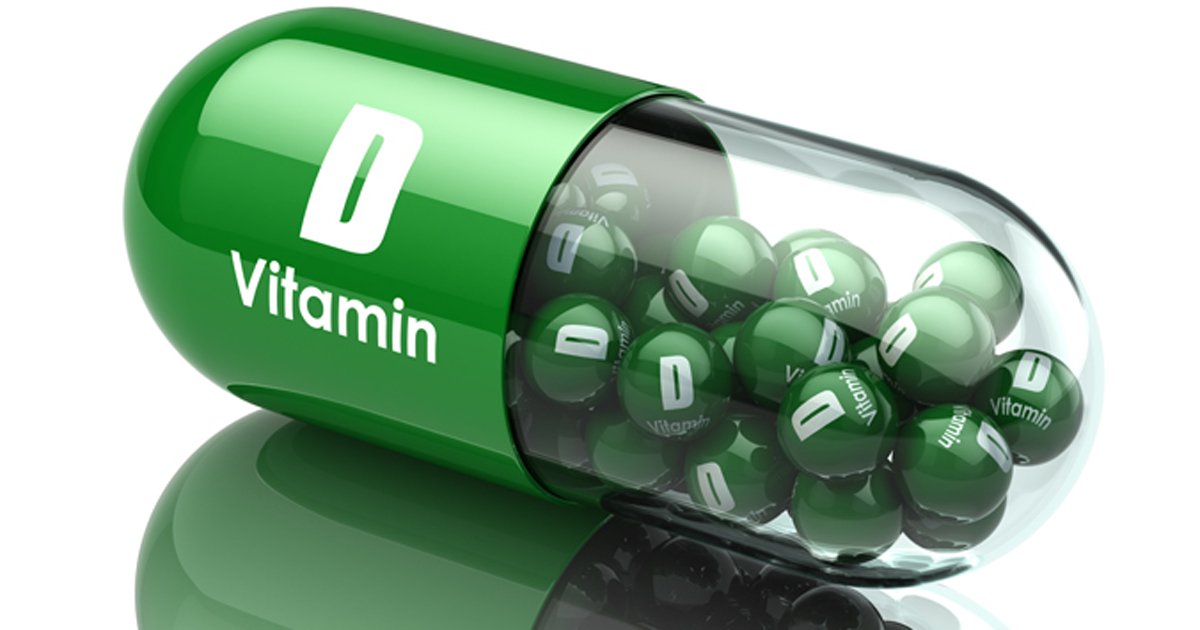 Vitamin D supplementation preserved partial clinical remission and residual β-cell function in children newly diagnosed with type 1 diabetes.
Vitamin D supplementation preserved partial clinical remission and residual β-cell function in children newly diagnosed with type 1 diabetes.
This finding, published in the Journal of the Endocrine Society, came at the end of a 12-month, randomized, double-blind, placebo-controlled trial that compared 50,000 IU of vitamin D supplementation with placebo in 36 individuals aged 10-21 years, with type 1 diabetes of fewer than 3 months.
According to Benjamin Udoka Nwosu, MD, a pediatric endocrinologist and researcher with the University of Massachusetts Medical School, who served as the study’s first author: “Vitamin D actually delayed the rise in both HbA1c and insulin-dose-adjusted A1c, which are functional markers of partial clinical remission. We also found that vitamin D supplementation reduced tumor necrosis factor alpha, a pro-inflammation cytokine. What this means is that vitamin D has the potential to preserve residual β-cell function. That is very significant.”
Nwosu continued: “Our study shows that if you can use vitamin D as a supplement with children who have type 1 diabetes, it would have some effect on preserving the residual β-cell function. It’s an early study, but the findings are clear. This is great news because vitamin D supplements are readily available, cheap, and have very minimal side effects.”
Read more: Vitamin D and Partial Remission in Pediatric T1D
Safety and effectiveness of Do-It-Yourself Artificial Pancreas System (DIYAPS) was released to DiabetesUK.com, 16 January 2022.
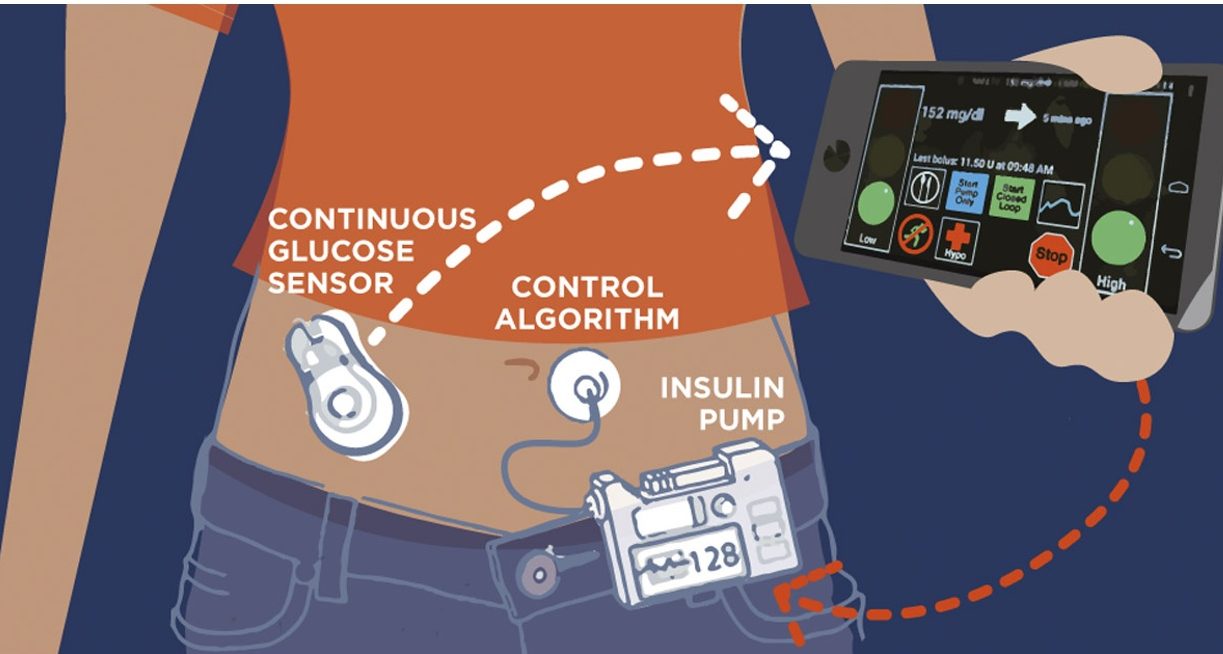 The use of do-it-yourself artificial pancreas systems (DIYAPS) amongst people with type 1 diabetes is increasing. At present, it is unclear DIYAPS compares to other technologies such as FreeStyle Libre (FSL) and continuous subcutaneous insulin infusion (CSII). https://doi.org/10.1111/dme.14793
The use of do-it-yourself artificial pancreas systems (DIYAPS) amongst people with type 1 diabetes is increasing. At present, it is unclear DIYAPS compares to other technologies such as FreeStyle Libre (FSL) and continuous subcutaneous insulin infusion (CSII). https://doi.org/10.1111/dme.14793
The aim of this analysis is to compare safety, effectiveness, and quality of life outcomes of DIYAPS use with the addition of FSL to CSII.
Conclusion: DIYAPS use was associated with lower HbA1c levels, higher TIR and lower TBR compared to FSL+CSII. There was no significant increase in adverse events, although this should be interpreted cautiously given the low numbers of users.
Is Type 1 Disease ONE Disease or Endotypal? was presented by Monica Westley during the State of the Science 2022, TheSugarScience.org, 14 January 2022. This is a very high-level panel discussion … but certainly worth hearing! The basic discussion: Variability of T1D phenotype: What’s the evidence?
Panelists: Carmella Evans-Molina MD PhD (IU), Linda DiMeglio MD (IU), Bridget Wagner PhD (MIT), Sarah Richardson PhD (U Exeter), Emily K Sims MD (IU), Georgia Fousteri PhD (DRI San Rafaelle), Lucy Walker PhD (UCLondon), Jessica Dunne PhD (J&J)
Lyumjev update was posted by David Burren on BionicWookiee.com, 20 January 2022.
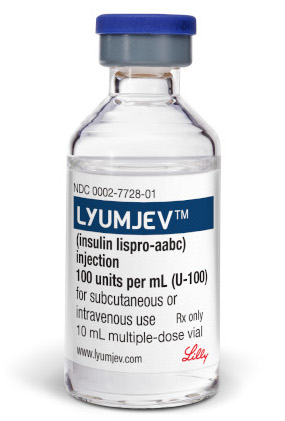 Back in December, I wrote about some of my experiences using ultra-rapid Lyumjev insulin in my closed-loop system, but there were a couple of unanswered questions. Particularly to do with “bolus stings” and with the speed/activity of Lyumjev. I’ve now done some further work which has hopefully clarified those questions.
Back in December, I wrote about some of my experiences using ultra-rapid Lyumjev insulin in my closed-loop system, but there were a couple of unanswered questions. Particularly to do with “bolus stings” and with the speed/activity of Lyumjev. I’ve now done some further work which has hopefully clarified those questions.
Lyumjev is well-known for causing stinging/irritation during boluses for many people. Particularly in its U100 form. The trepostinil vasodilator that gives some of the speed to Lyumjev is also known for this in other contexts. Anecdotally this fades over time (months) but some people have found Lyumjev so painful they’ve been unwilling to struggle through in the meantime.
Conclusion for Loop users: I have found I’ve had to change the insulin activity profile in my loop system to use 45 minutes. Because this means that the faster form will have used 104% as much insulin by two hours, I also had to increase the insulin sensitivity (ISF) declaration by 4%: from 2.6 to 2.7 mmol/L per U. (please convert for US users) After making those two changes, my loop has been performing wonderfully.
Read more: Lyumjev update
Mark Cuban Cost Plus Drug Company’s Online Pharmacy Launches with Lowest Prices on 100 Lifesaving Prescriptions was posted by PRNewsWire.com, 19 January 2022. Direct to consumer pharmacy and formation as pharmacy benefit manager further mission to drastically expand access to affordable pharmaceuticals.
 According to a September 2021 Gallup poll, 18 million Americans were recently unable to pay for
According to a September 2021 Gallup poll, 18 million Americans were recently unable to pay for
at least one prescription medication for their household due to ever-rising costs, and 1 in 10 Americans have skipped doses to save money. The pharmacy’s launch represents the first critical milestone in bringing affordable medications to millions.
“We will do whatever it takes to get affordable pharmaceuticals to patients,” said Alex Oshmyansky, CEO of Mark Cuban Cost Plus Drug. “The markup on potentially lifesaving drugs that people depend on is a problem that can’t be ignored. It is imperative that we take action and help expand access to these medications for those who need them most.”
As a registered pharmaceutical wholesaler, MCCPDC can bypass middlemen and outrageous markups. The pharmacy’s prices reflect actual manufacturer prices plus a flat 15% margin and pharmacist fee. With the help of digital healthcare company Truepill, patients can expect a seamless, secure e-commerce experience as they navigate the pharmacy’s website, built and powered by Truepill’s digital health platform. Patients will also enjoy reliable prescription fulfillment and delivery through Truepill’s nationwide pharmacy footprint.
Because the company refuses to pay spread prices to third-party PBMs in order to be allowed to process insurance claims, the online pharmacy will be a cash pay venture. However, its model means patients can immediately purchase a broad array of medications at prices often less than what most insurance plans’ deductible and copay requirements would total.
Read more: Mark Cuban Cost Plus Drug Company’s Online Pharmacy Launches


I don’t know about Mr. Cuban’s pharmacy idea. I see so many headwinds for a company that will only do cash and carry.
Hey that awesome panel discussion, did you catch the number of participants from Indiana UNiversity?
GO HOOSIERS !!!!!!!!!!